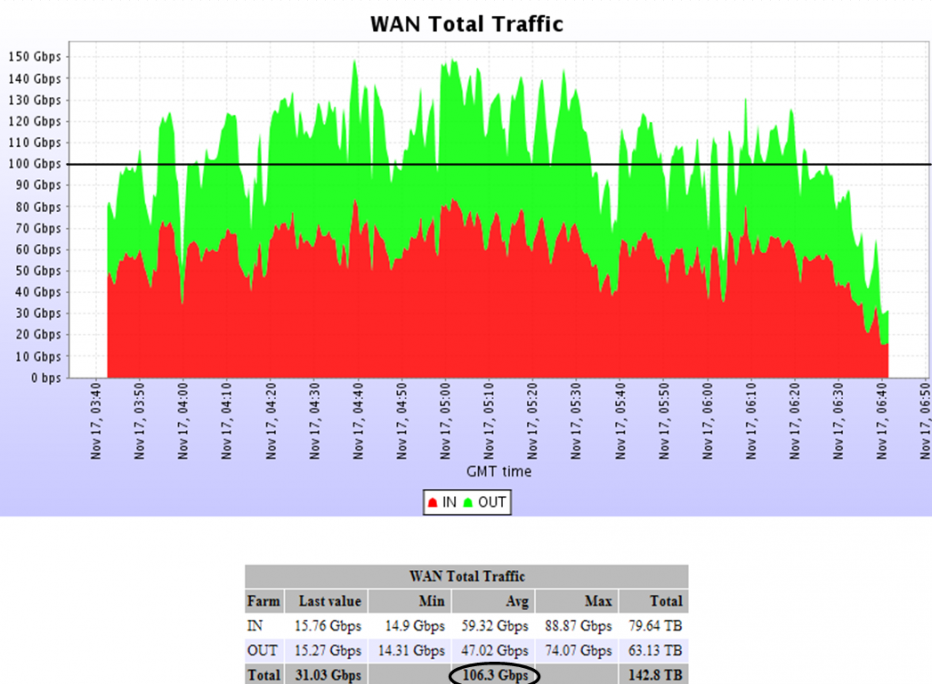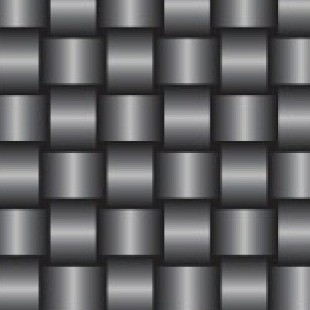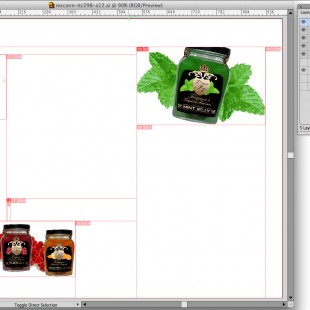Reduce your bandwidth without reducing your website's look
Previously, I talked about image slicing and how it related closely to saving bandwidth (or how this was much more of an illusion than anything else) and it got me thinking about how important bandwidth savings can be. Most webmasters out there don’t always know what it’s like to reach their web host’s bandwidth limit because they either don’t have enough visitors or they don’t manage that portion of the business for their clients.
However, it’s very important to try and optimize your site as much as possible to avoid reaching those limits. Just because your host gives you 2GB of bandwidth each month doesn’t mean you shouldn’t optimize your site to use less than that.
Reducing Bandwidth
There are many ways you can reduce your bandwidth and fortunately they are all in your control. Obviously you can’t control how many visitors load your site, how many downloads they take and you certainly can’t control who leeches your links and content onto their own site, so don’t waste your time trying.
Instead, focus on all the ways you can trim your site’s overall size while not losing any of that quality work you’ve put into it. Besides making your site load in a much smaller footprint, you’ll also be speeding it up for your users and they’ll love that.
Here are some areas of interest when it comes to reducing bandwidth:
- Graphics – This might be the most important area of your site because it is most likely made up of many different graphics. Unlike images, graphics are used to fullfil your website’s appearance. This is good because these graphics can be reduced to lower quality files without compromising much quality. A great way to do this is to convert your web graphics in to .GIF or .PNG files.
- Images – Unlike graphics, images are generally used to display a product or service by way of sending a .JPG or other higher quality image format to the user. You don’t want to compress these files too much or use .GIF technology because you will seriously downgrade the overall experience and look of these images. However, you can use .JPG to compress the image without losing too much quality and you can also reduce the overall size help save bandwidth. Also, when showcasing a series of images, always use thumbnail pictures. This allows a smaller version of each image to be shown to the user and they can select which ones they want to see larger. This way, only the desired images are loaded at full size.
- Video – Thanks to YouTube and some other copy-cats out there, you no longer have to store and stream video from your own server. You can now upload your video to your YouTube account and embed that same video on your own site. It plays just as easily as it would if someone had gone to YouTube and found it. Also, you get the added benefit of having your video be found on YouTube and then any site promotion you have on your account (or the video itself) will lead people back to your site! Alternatively, you don’t have to have the video available on YouTube as you can just mark the video as unlisted–this way nobody can find it in the searches.
- Sound – As of yet, I don’t think there’s a service like YouTube that simply allows the upload of your own music compositions, but that’s ok. Music doesn’t take up a lot of space if you compress it right. If you streamed a 192kbps song from your site, each user would have to download all 3-7MB every time they want to hear it. All you need to do is downgrade the bitrate into to something more manageable like 60kbps. This allows the track to be heard somewhat clear, but not enough to drag your bandwidth down or allow people to copy your music. Also, consider using short clips instead of full tracks.
- Downloads – Consider using file sharing services like MediaFire that work similar to YouTube to store your downloads. By keeping the files off of your own server, you not only save bandwidth, but also hard drive space! If you must have files on your server, try to keep them compressed by allowing the download of .ZIP files only.
This is certainly not a complete (or detailed) list of things you can do to reduce bandwidth, but I just wanted to get you pointed in the right direction. Above all, you want to ensure your site is user friendly, lightweight and accessible to everyone. To find this happy medium, you need the perfect balance of a fast web host, compressed graphics and images and a network on off-site media storage locations.









Trackback: The Difference Between Interlaced and Non-Interlaced Images